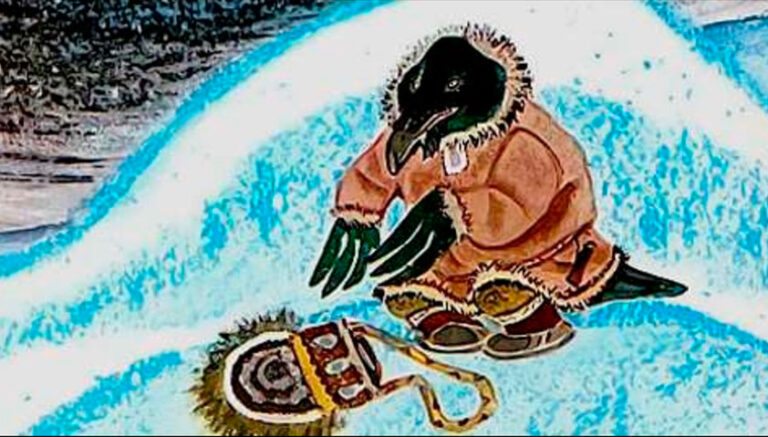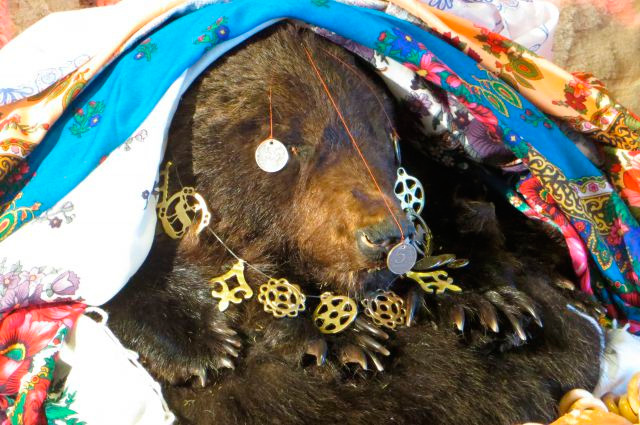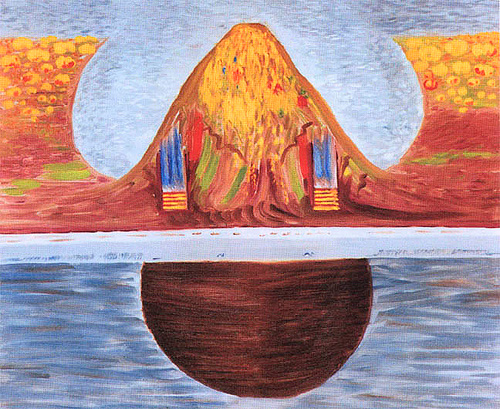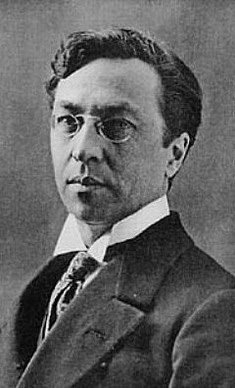Mansi
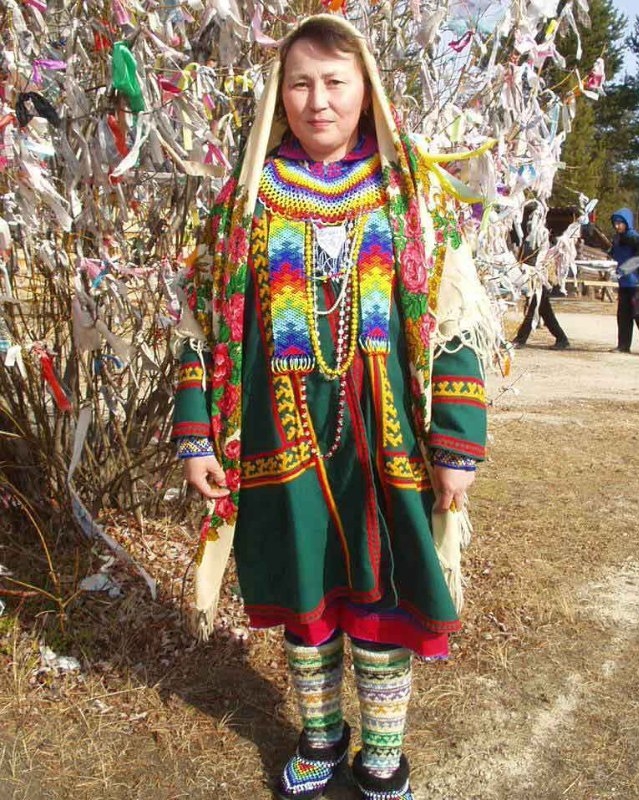
In written records of XII century they are known as yugras (with the Khanty), from XIV century are known by the name voguls, vogulichs. The ethnonym "mansi" began to spread from the 30s of the 20th century. The Northern Mansi together with the Khanty were called ostyaks.
The mansi language part of the Ob-Ugric subgroup of the Finno-Ugric group of the Uralic language family. It has many dialects. The ethnogenesis of Mansi occurred during the merger of the tribes of the Ural Neolithic culture, Ugric and Indo-European tribes moving in 2-1 thousand BC from the south through western Siberia and northern Kazakhstan.
Folding of a group of Mansi living on the territory of Perm territory the researchers associate the region with the Sylven archaeological culture (9th-15th centuries). Initially, the Mansi were settled in the southern Ural and its western slopes. Under the influence of colonization by Komi and Russians the Mansi moved to the Trans-Urals. Currently, they live compactly on the territory of the Khanty-Mansi Autonomous Area, in the north-east of the Sverdlovsk region, a significant part – in the Tyumen region.
Articles





